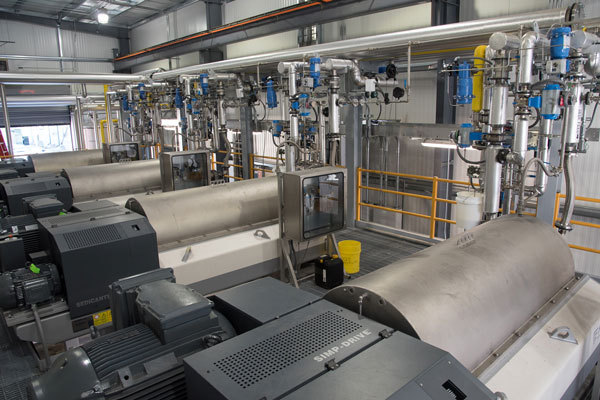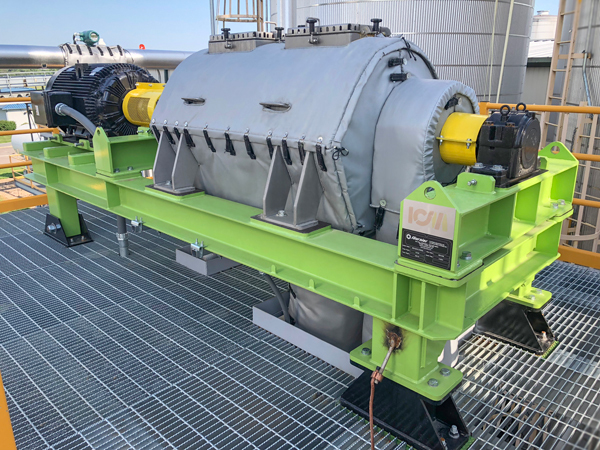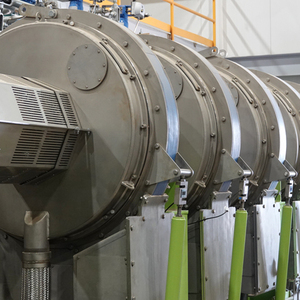Equipping for High-Protein




PHOTO: ICM
April 13, 2022
BY Katie Schroeder
Advertisement
Advertisement
Related Stories
U.S. fuel ethanol production was up 2% the week ending May 23, according to data released by the U.S. Energy Information Administration on May 29. Weekly ending stocks of fuel ethanol were down 3% and exports were down 30%.
Rex American Resources on May 28 confirmed work continues on the carbon capture and storage (CCS) and capacity expansion projects at its One Earth Energy facility in Gibson City, Illinois. Both projects are expected to be operational next year.
The USDA recently released its Grain Crushings and Co-Products Production report for May, reporting that corn use for fuel ethanol production in March was down when compared to the same month of last year.
ICM has signed a new agreement with Little Sioux Corn Processors to install ICM’s proprietary FOT Oil Recovery system at the company’s 170 MMgy ethanol plant in Marcus, Iowa. The project is expected to be operational in Q1 2026.
U.S. fuel ethanol production expanded by 4% the week ending May 16, according to data released by the U.S. Energy Information Administration on May 21. Stocks of fuel ethanol were down 2% and exports fell by nearly 18%.





